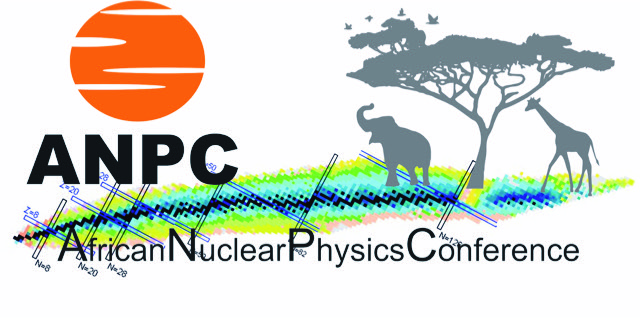Speaker
Description
After the start of space conquest studies of radiation induced effects on satellite electronics have been necessary to verify the operation of the components in the harsh radiation environment of space. The radiation errors can roughly be classified in two categories; Total Ionizing Doses (TID) and Single Event Effects (SEE). TID tests are carried out in numerous world existing Co-60 laboratories, but SEE -tests are conducted in much less common accelerator laboratories.
In this paper a RADiation Effects Facility, RADEF, located in the Accelerator Laboratory of University of Jyväskylä (JYFL), Finland, is introduced. RADEF performs SEE tests using a K130 cyclotron and Electron Cyclotron Resonance (ECR) type ion sources. The tests are done under the contract with European Space Agency, ESA. Since 2005 almost 100 customers have carried out test campaigns at RADEF. In addition to ESA and European satellite industry, many tests are also performed to other national space organizations like NASA (US), JAXA (JP), CNES (FR) and CNSA (CN). This industrial application work is done on a commercial basis by using about 20 % of laboratory’s total beam time.
In most cases the use of a very large accelerator is not justified for radiation effect studies. It cannot provide fast and cost effective ion changes and the beam price is blocking too much off the total costs of the project. This can be done more economically using a medium sized cyclotron and high charge state beams by accelerating so-called ion cocktails. They contain several ion species with a wide range of linear energy transfer (LET) values in the target material. The cocktails are designed to contain ions with similar m/q fractions, enabling fast switching between the ion species. The beam intensities required are very low — about 106·s−1 or 100 fA is usually sufficient.
Currently most of the tests in Jyväskylä are done at 9.3 MeV/A energy achievable with the charge states produced by the 14 GHz ECR ion source. The space community has shown a strong desire to reach 15 MeV/A, which is approaching the limits of what can be achieved without super conducting ECR technology. The desire has initiated a project to push the performance of regular conducting ECR by building an 18 GHz ion source HIISI (Heavy Ion Ion Source Injector). The evolution of RADEF from 500 MeV facility up to 2 GeV facility is discussed more detail in the paper.
The emerging technologies make electronics more susceptible to radiation and even relatively low radiation levels can lead to important risks, not limited only in space. This industrial networking has facilitated new applied research projects at RADEF. One example is RADSAGA (RADiation and Reliability Challenges for Electronics used in Space, Aviation, Ground and Accelerators), which is funded by EU and coordinated by CERN. The project brings, for the first time, together European industry, universities, laboratories and test-facilities in order to educate 15 PhDs, three of them doing thesis at RADEF. This paper also discusses the prospects for radiation effects that have emerged with RADSAGA project.

